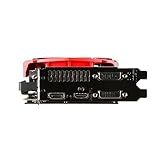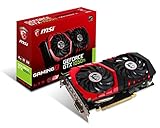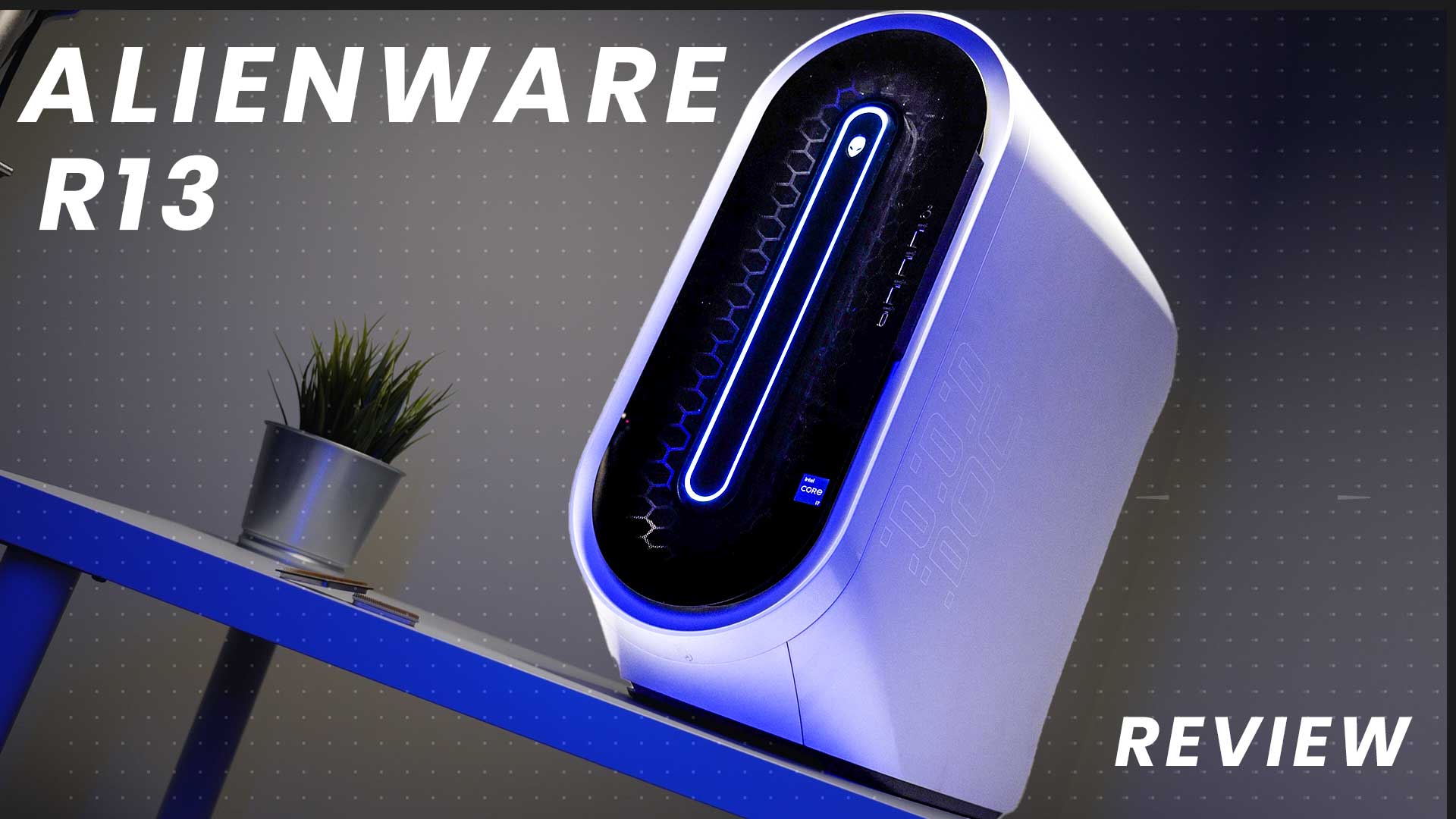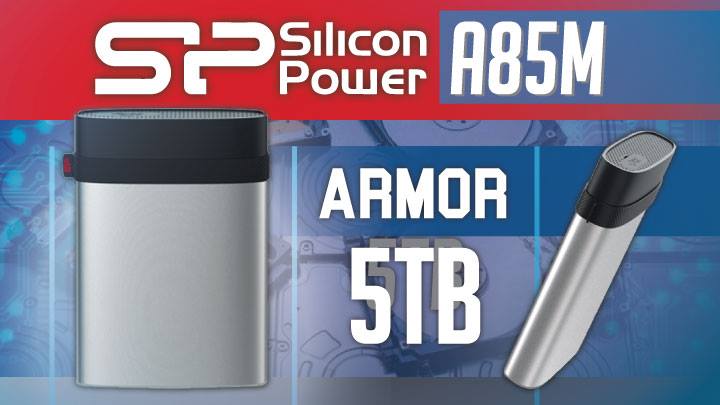Video Card Temperature Results
For all temperature testing the cards were used in an open test bed environment. Ambient temperature was kept at a constant 20°C (+/- 0.5°C) and if the ambient room temperatures rose above 21°C or dropped below 19°C at any time, all benchmarking was stopped until proper temperatures could normalized.
For Idle tests, we let the system idle at the Windows 7 desktop for 25 minutes and recorded the peak temperature.
For Load tests, we ran Unigine’s Valley benchmark for 20 minutes. Hot running, factory overclocked core or not, that massive Twin Froze heatsink makes short work of keeping it cool. By the same token at idle the large heatsink does struggle to keep the GPU cool, but then again it has to do it passively – as the fans stop spinning. Obviously your internal case air flow has to be up to par, or you will be unable to use the ‘silent’ mode.
Hot running, factory overclocked core or not, that massive Twin Froze heatsink makes short work of keeping it cool. By the same token at idle the large heatsink does struggle to keep the GPU cool, but then again it has to do it passively – as the fans stop spinning. Obviously your internal case air flow has to be up to par, or you will be unable to use the ‘silent’ mode.
Sound Level Test Results
While everyone “hears” noise differently there is one easy way to remove all subjectivness and easily compare different fans: use a sound level meter. This way you can easily compare the various fans noise envelopes without us coloring the results and see what fans fit within your personal comfort level. Of course, we will endeavor to try and explain the various results – which are taken at a 15 inch distance from the GPU’s fan(s) – to help you gain an even better understanding of how loud a cooler’s stock fan is, but even if you discount our personal opinions, the fact remains numbers don’t lie.
For Idle tests, we let the system idle at the Windows 7 desktop for 25 minutes and recorded the peak dB.
For Load tests, we ran Unigine’s Valley benchmark for 20 minutes and recorded the peak dB. Obviously by making this version of the TWIN Frozr V heatsink so large, MSI was able to work miracles. After all even though this is a factory overclocked version of a rather hot running core the MSI R9 390X Gaming 8 is a rather low noise video card.
Obviously by making this version of the TWIN Frozr V heatsink so large, MSI was able to work miracles. After all even though this is a factory overclocked version of a rather hot running core the MSI R9 390X Gaming 8 is a rather low noise video card.
System Power Consumption
To obtain accurate results we have connected the system to a Power Angle power meter that has in turn been attached to a 1500watt UPS. This ensures only 120volt power is supplied to the PSU and removes an variances that could potential crop up because of brownouts and power spikes.
In order to stress the video card we have once again used Unigine’s Valley benchmark and ran it for 20 minutes to determine peak system power consumption. For idle results we have let the system idle at the Windows 7 desktop for 25 minutes and recorded the peak idle power consumption. While AMD has made good strides in the power consumption department this card still has a TDP of 275 watts – and that is rather power hungry by modern standards. By the same token it still is within the realm of reasonable and it would take years of gaming to justify the lower power consumption of the more expensive GeForce GTX 980 series.
While AMD has made good strides in the power consumption department this card still has a TDP of 275 watts – and that is rather power hungry by modern standards. By the same token it still is within the realm of reasonable and it would take years of gaming to justify the lower power consumption of the more expensive GeForce GTX 980 series.











